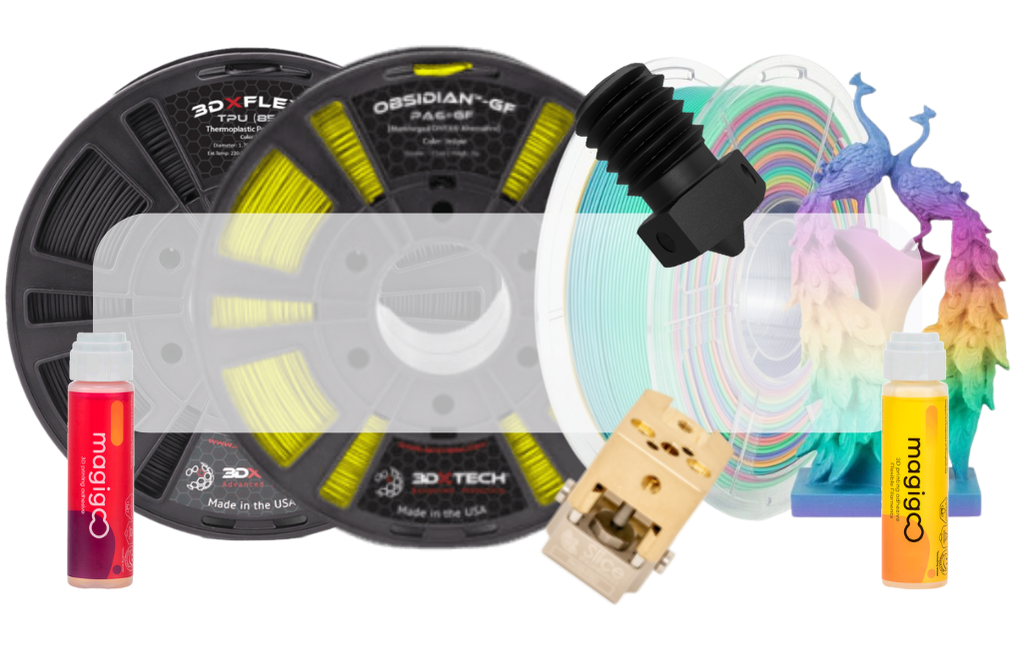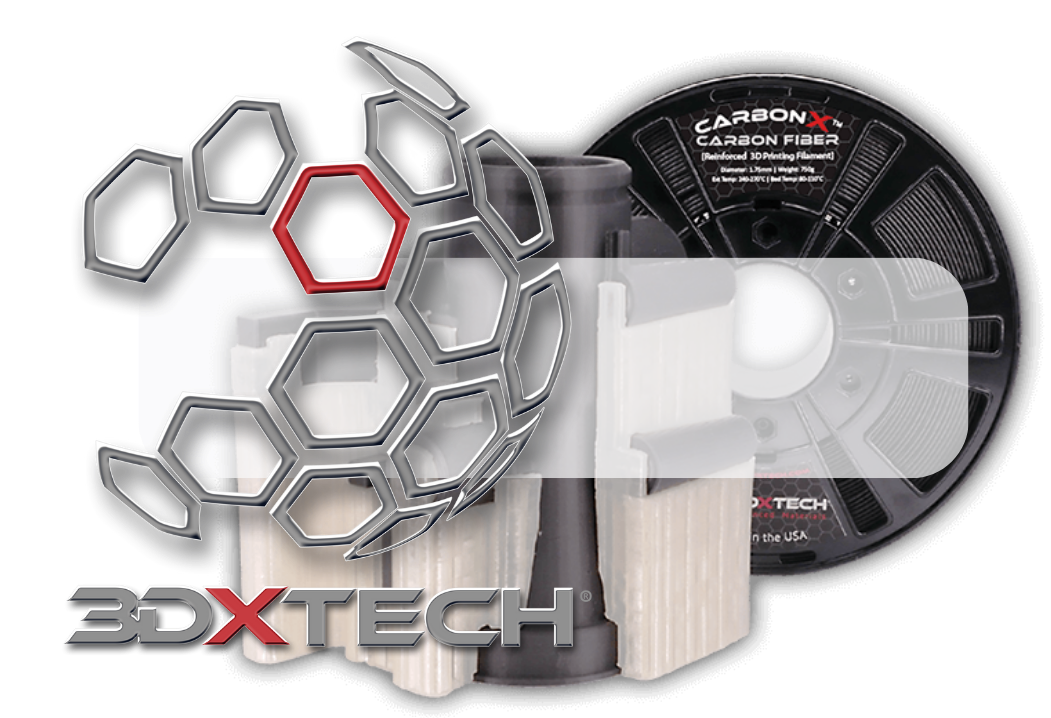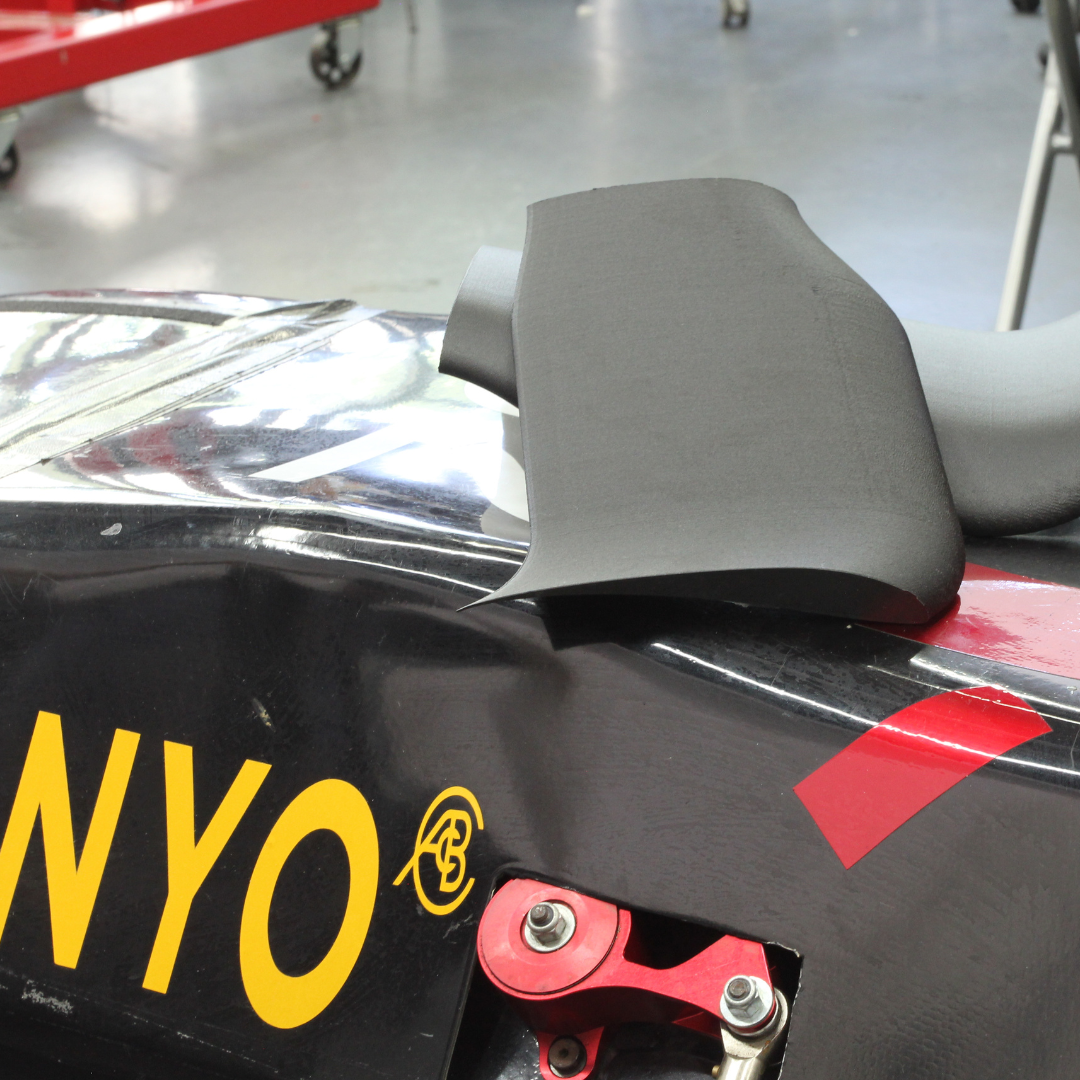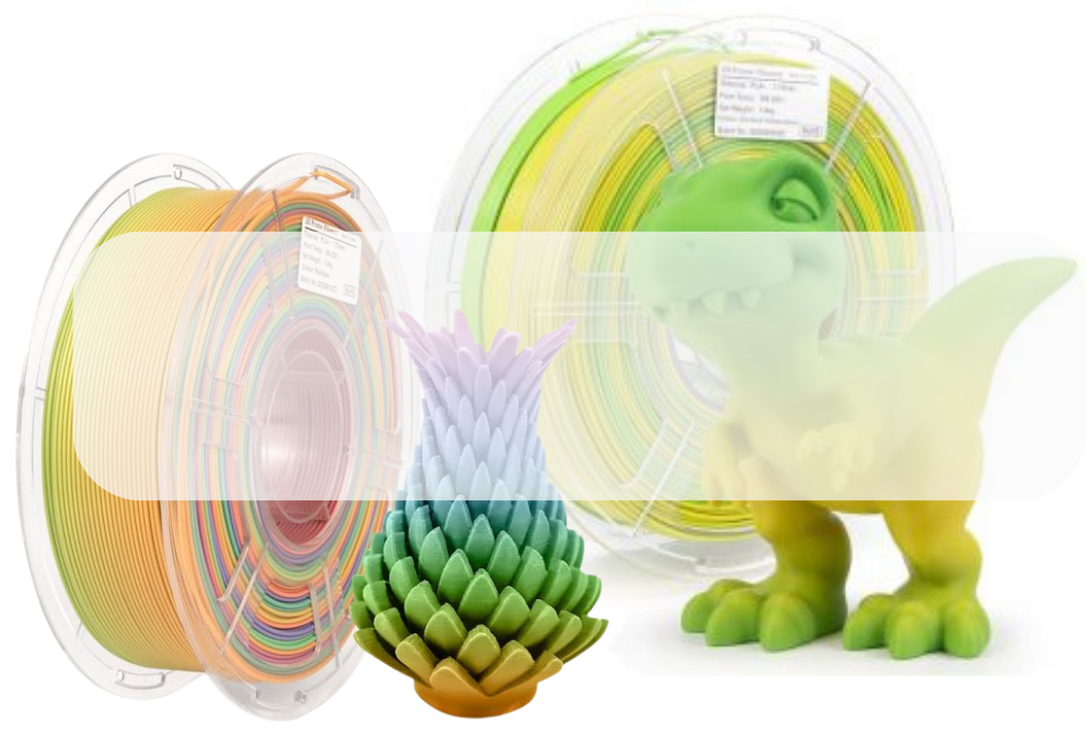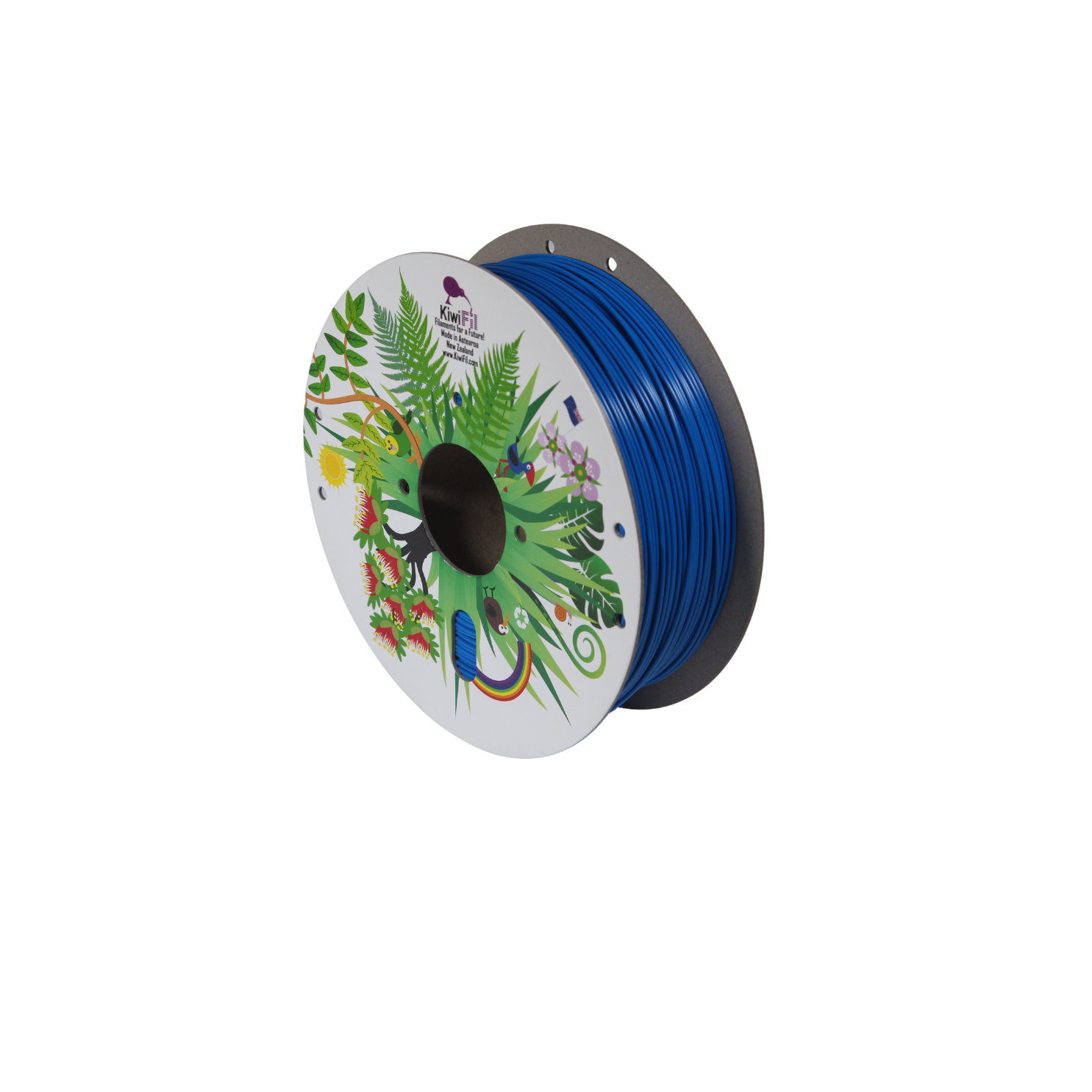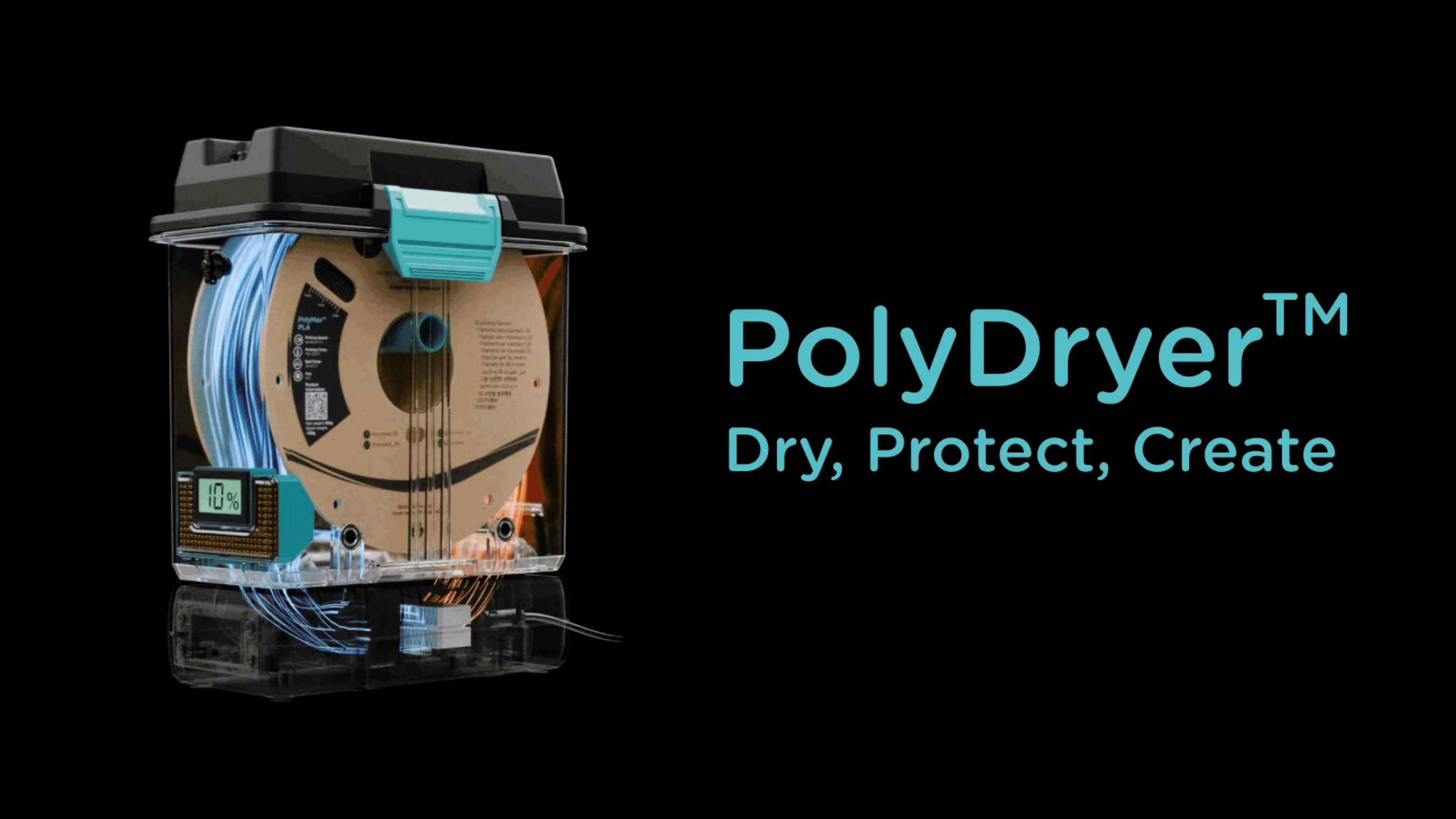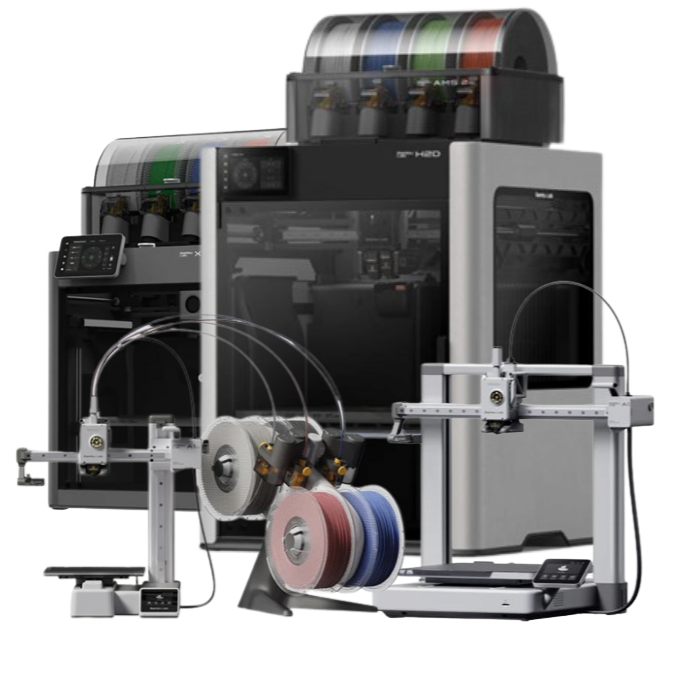"Powertool Green" rPLA pro 3D printing filament, 250g, 1.75 mm (±0.05 mm tolerance), made from 100 % recycled PLA. The raw material is post-industrial waste from the manufacturing of food packaging in Europe.
The colour of this filament is a close match to the colour of the popular Ryobi® powertools (although it isn't perfect, it is very close). We named it "Powertool Green" because the colour was developed specifically to match the powertools, but some people will perhaps think it is more yellow than green.
Made in New Zealand, including the all-cardboard spool, the box, the bag, the label, and the instruction card.
Recommended settings: Nozzle: 210-225°C. Bed: 50-65°C.
Price is in New Zealand Dollars (NZD) and includes 15 % GST (Goods and Services Tax).
>> Important about bed adhesion <<
The PLA is made from cornstarch, and may print slightly differently than the regular KiwiFil PLA pro/rPLA pro filament that is made from sugarcane.
If you have problem with bed adhesion, first make sure that your bed is clean. Remove any greasy fingerprints etc. with isopropyl alcohol and a clean piece of kitchen tissue. Increase the bed temperature to 65-70°C and the nozzle temperature to 220-225°C. Make sure the bed is leveled and that the “squish” is good. Print the first layer at slow speed (15 mm/s or less).
You may also want to add a brim to your print to make it adhere better. Additional tricks include putting blue tape on your bed, or add a thin layer of glue stick on the bed.
If none of this works, let us know and we will happily replace your spool.
>> Money back guarantee <<
Because this filament is made from 100 % recycled plastics, the colour and properties can vary slightly from batch to batch. The filament diameter is controlled twice - both in the extruding process and in the re-spooling process. We are also doing extensive test printing and mechanical testing to ensure this recycled plastic filament is as good as the virgin material.
However, if this filament doesn't work well in your printer, let us know and we will refund you, no matter how little is left on your spool.
>> Recycled plastic FAQ <<<
Why is the recycled PLA filament more expensive than the regular PLA filament?
Recycling of plastic is very labour intensive. The material has to be sourced, picked up, sorted, cleaned, shredded, and remelted. Products made from virgin material tend not to include these "end of life costs." However, closing the loop and minimizing our use of resources is important for a future on this planet, so we hope you are OK with paying a bit more for this recycled filament.
Can I send my discarded 3D prints back for recycling? How about the spools, do you take those backs as well?
Yes, absolutely! We currently recycle prints made from KiwiFil PLA pro, KiwiFil rPLA pro and KiwiFil PETG. It is very important that PLA and PETG is separated and labelled. You can find the detailed sorting instructions here: https://www.kiwifil.shop/pages/recycling
We take back all the KiwiFil packaging for re-use: boxes, spools, bags, desiccant packages, instruction cards, and any other packing material. The packing material will be re-used for new products, or recycled if the condition doesn't allow for re-use. We also happily take empty 1 kg plastic spools from other brands for re-use.
![iSANMATE High-Speed PLA 3D Printer Filament Rainbow 03 [Fairy Floss] 1kg roll](http://www.formtech.co.nz/cdn/shop/files/High-speed-PLA-Rainbow-1-600x600_70x.jpg?v=1713148368)
![iSANMATE High-Speed PLA 3D Printer Filament Rainbow 02 [Cotton Candy] 1kg roll](http://www.formtech.co.nz/cdn/shop/files/High-speed-PLA-Rainbow-02-2-600x600_70x.jpg?v=1713147902)
![iSANMATE High-Speed PLA 3D Printer Filament Rainbow 01 [Lollipop] 1kg roll](http://www.formtech.co.nz/cdn/shop/files/High-speed-PLA-Rainbow-01-1-600x600_70x.jpg?v=1713147615)



![iSANMATE PLA+ MATTE RAINBOW 01 [Harvest Glow] 1.75mm Filament 1kg roll](http://www.formtech.co.nz/cdn/shop/files/PLA-rainbow-filament-1-600x600_70x.jpg?v=1713145773)

